Battle of the Invasive Groundcovers
viridis2
18 years ago
Related Stories

GARDENING GUIDESDo You Have This Invasive Plant in Your Yard?
Garlic mustard is spreading across the U.S. Here’s how to spot it and what to do
Full Story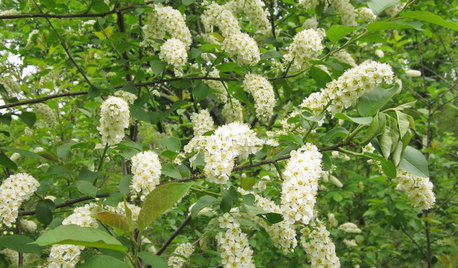
TREESNative Plant Alternatives to Invasive Common Buckthorn
Learn how to identify and control this aggressive plant, and what to grow in its place
Full Story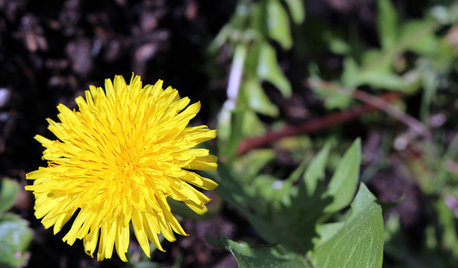
GARDENING GUIDESWhy Your Garden Might Be Full of Weeds
Tired of battling unwanted plants? These surprising reasons for weediness point the way to cures
Full Story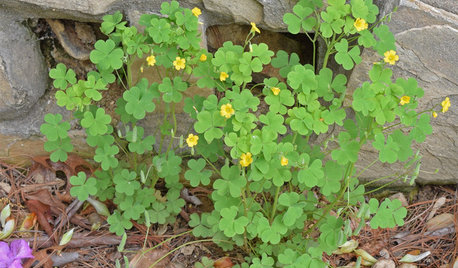
GARDENING GUIDESWhat Your Weeds May Be Trying to Tell You
An invasion of weeds can reveal something about your soil. Here’s what is going on and what to do about it
Full Story
GARDENING GUIDESGreat Design Plant: Bugle Weed, a Quick Ground Cover
It’s highly adaptable, suppresses weeds, reduces erosion and provide weeks of bright flowers. Just watch for invasiveness
Full Story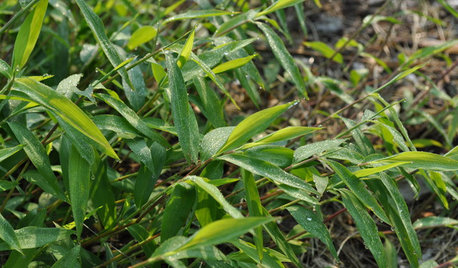
GARDENING GUIDESThe Essential Weed Hit List
Learn how to recognize and control 5 weedy plants that have achieved invasive status throughout the U.S.
Full Story
GARDENING GUIDES6 Plants That Beat Butterfly Bush for the Wildlife Draw
It's invasive, a nonnative and a poor insect magnet. Check out these better alternatives to butterfly bush in the garden
Full Story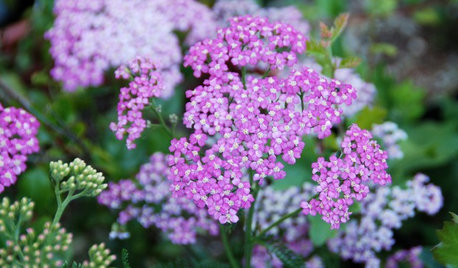
GARDENING GUIDESGreat Design Plant: Achillea Millefolium for Dry California Gardens
Yarrow attracts painted ladies and scares off garden thugs in native habitats and vegetable gardens
Full Story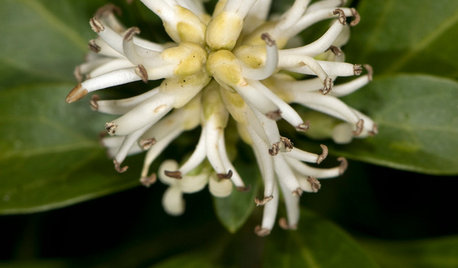
GARDENING GUIDESHow to Use Pachysandra Responsibly in the Landscape
It's tops at covering lots of ground quickly, but be sure this low evergreen plant doesn't spread where it shouldn't
Full Story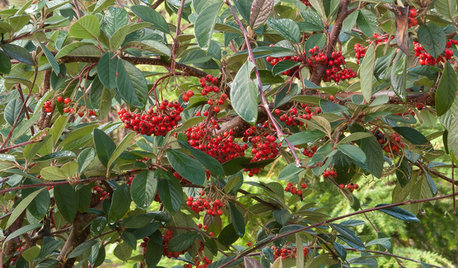
GARDENING GUIDESGreat Design Plant: Cotoneaster Lacteus
Parney cotoneaster is a low-maintenance, four-season shrub that offers great foliage, spring flowers and jewel-like berries
Full Story





Soeur
viridis2Original Author
Related Professionals
Folsom Landscape Architects & Landscape Designers · Frisco Landscape Contractors · Brookline Landscape Contractors · Dickinson Landscape Contractors · Fort Atkinson Landscape Contractors · Framingham Landscape Contractors · La Vista Landscape Contractors · Weymouth Landscape Contractors · Bixby Fence Contractors · Compton Fence Contractors · Coram Fence Contractors · Orangevale Fence Contractors · Beaumont Siding & Exteriors · Brunswick Siding & Exteriors · Wareham Siding & ExteriorsSoeur
Trilliophile
Flowerkitty
gardener_sandy
Flowerkitty
vbain
christie_sw_mo
ahughes798
Trilliophile
tonya499
Trilliophile
tonya499
annalerene_yahoo_com